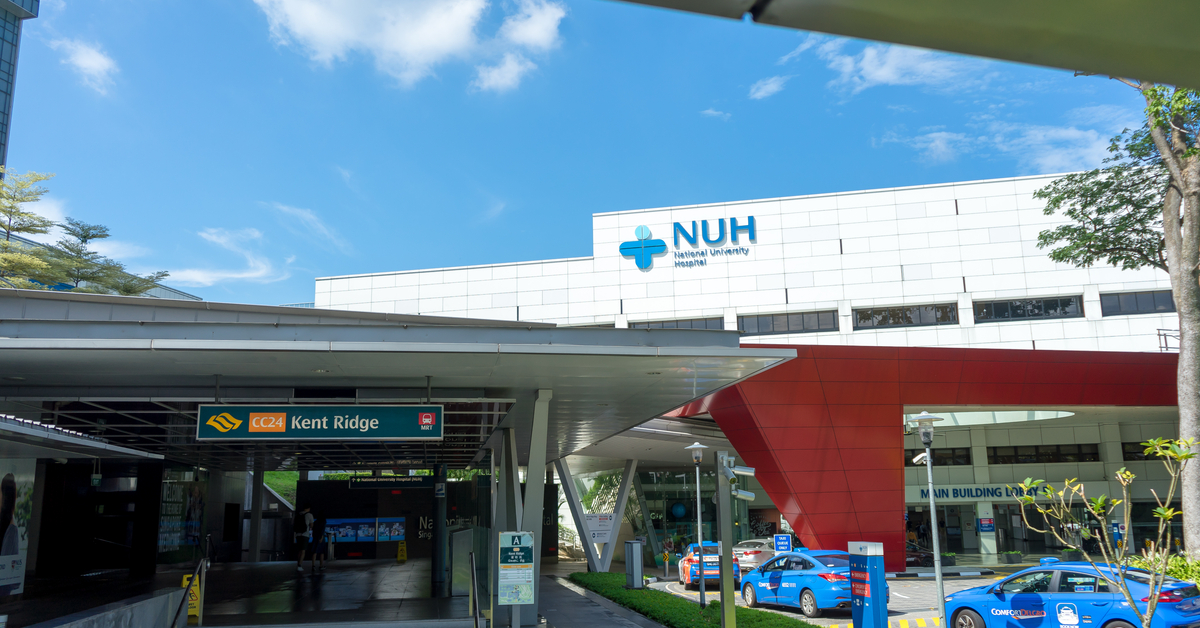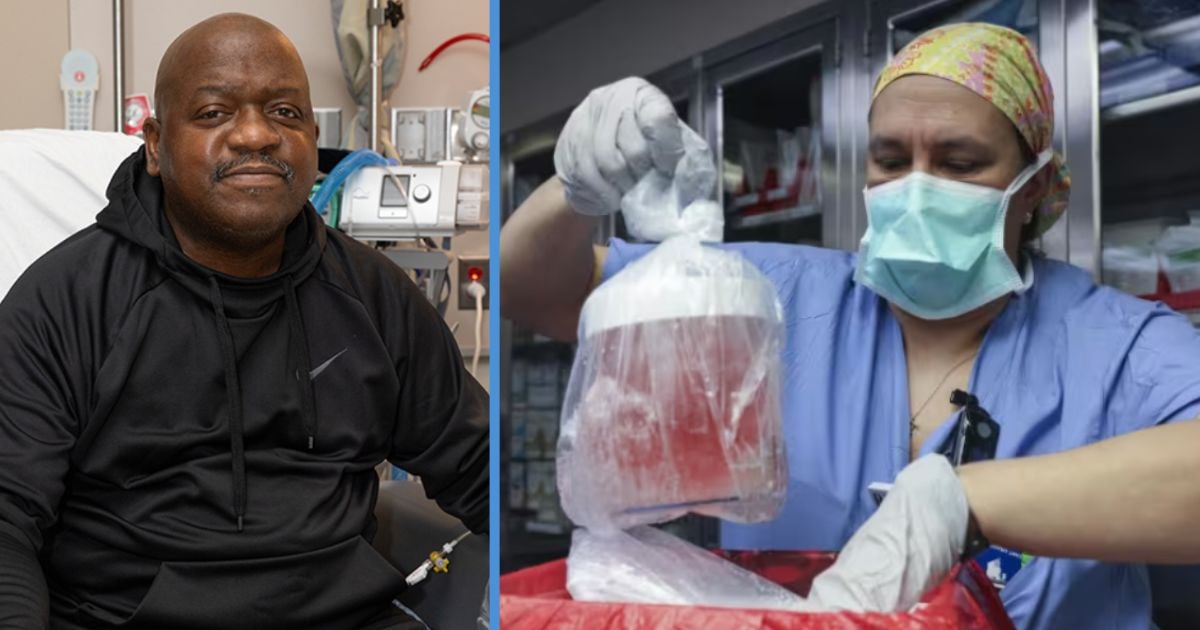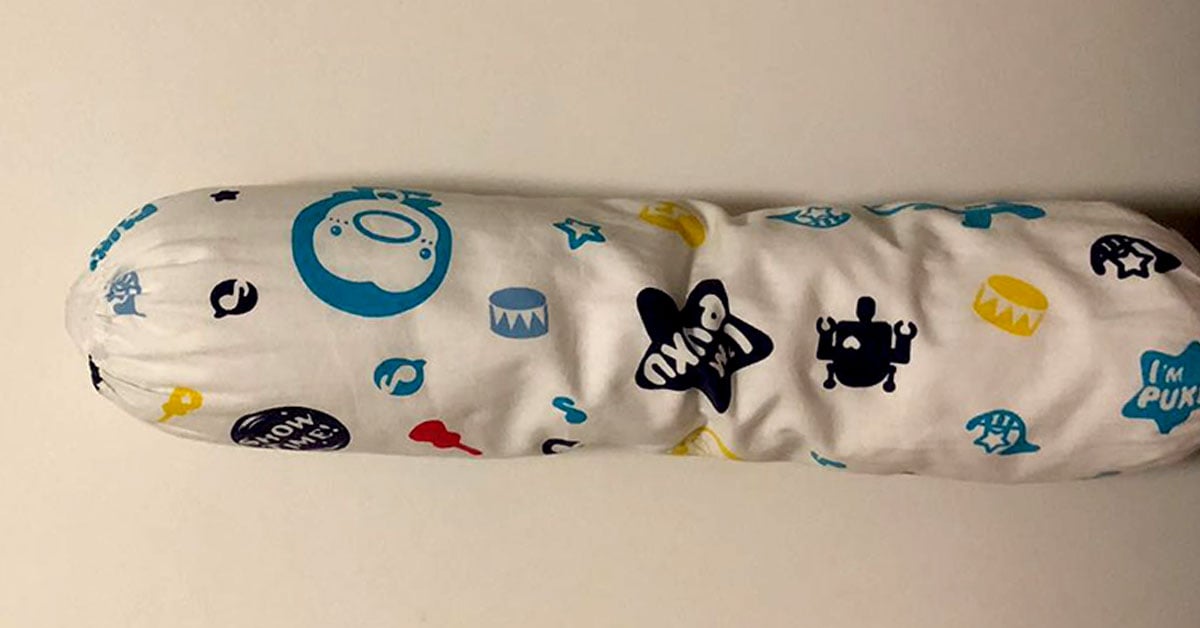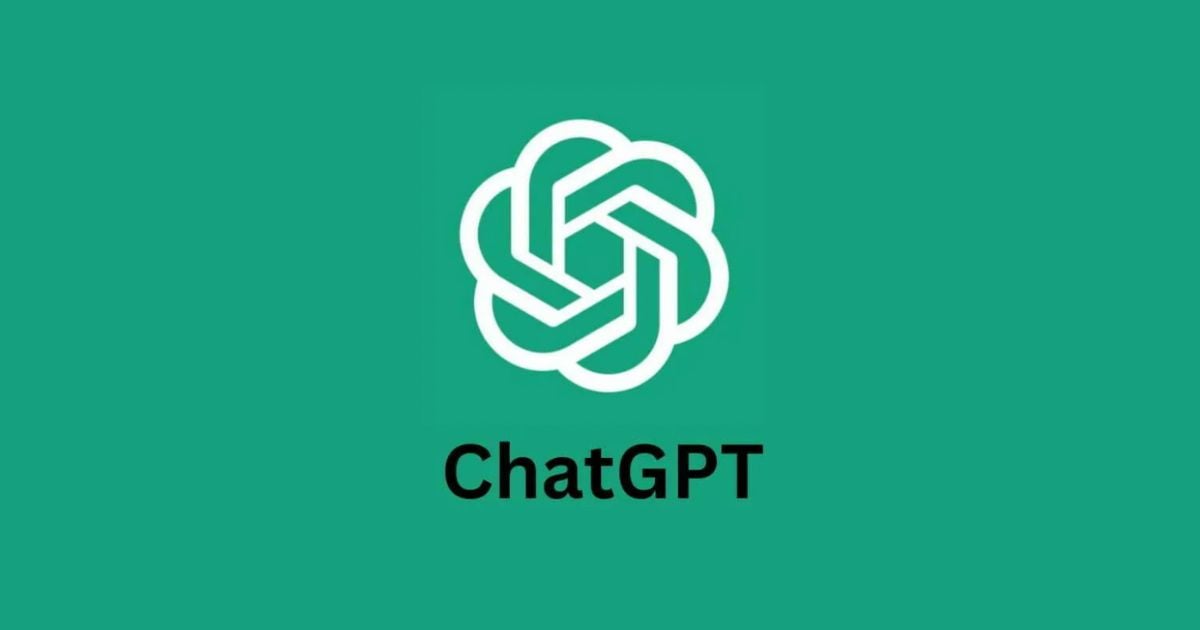If you were to list five places where you’d least want the coronavirus to visit, hospitals would take up the first three spots.
After all, they are filled with people who are already ill and more susceptible to the virus.
But despite all the safety measures in place, COVID-19 has still found a way to infiltrate hospital wards, leading to an outbreak of the virus in several hospitals.
The first hospital cluster was reported at Tan Tock Seng Hospital, which had 48 cases when it was closed.
Subsequently, another cluster was reported at Changi General Hospital (CGH). Believe it or not, just three days after this CGH cluster was closed on 31 July, another cluster was found at the same hospital.
Now, the authorities have no choice but to take drastic action.
All Visitations to Hospitals to be Stopped From Tomorrow (5 Aug) Due to More Infected Hospital Staff & Patients
All visitation to hospital wards will be stopped from 5 August to 18 August 2021 as a temporary measure to reduce the potential transmission in the hospitals, the Ministry of Health (MOH) announced today (4 Aug).
As MOH noted, more and more community cases have been detected lately, including staff and patients of hospitals.
“Any detection of cases within a hospital will invariably lead to a ward closure, limiting movements of patients and staff in and out of the affected ward. Affected patients and staff will also be placed on quarantine,” it said.
Such measures, MOH said, will reduce the availability of hospital staff and bed capacities and consequently affect hospitals’ capacity to care for patients.
Since these measures are necessary, the ministry was compelled to stop all visitations to hospitals wards for 14 days.
Exceptions For Visitors of Some Patients
Visitors of certain groups of patients may be allowed visitation, however. They will be assessed by the hospital on a on a conditional and case-by-case basis.
Patients under the exception include:
- Patients who have fallen very ill
- Paediatric patients
- Birthing/post-partum mothers
- Patients requiring additional care support from caregivers, such as inpatients with mental incapacities and family members who are undergoing caregiver training to better care for their loved ones after hospital discharge
Under this exception, only one visitor is allowed to the ward per day, and for no more than 30 minutes at their bedside.
For patients who are very ill, up to five pre-designated visitors may be registered, with a maximum of two visitors at the patient’s bedside at any one time for no more than 30 minutes.
Any visitor who needs to stay beyond the 30-minute visit duration, such as those undergoing caregiver training, will only be allowed to do so after testing negative on a supervised antigen rapid test.
The result of this test will remain valid for 24 hours.
Visitors are not permitted to eat or drink at any time during their visitation. They must refrain from using the patients’ toilets in the wards and must avoid sitting on patients’ beds.
As with anywhere else in public, visitors must wear masks with good filtration capability at all times. This includes surgical masks and reusable masks with two layers of fabric.
“MOH will review the above measures regularly and we seek the understanding and cooperation of all Singaporeans as we make adjustments to protect our patients and hospitals during this transition period towards a COVID-resilient society,” it said.
Unvaccinated Patients in Hospital to be Encouraged to go For Jab
The health ministry added that unvaccinated patients in hospitals will soon be approached by the hospital healthcare team on COVID-19 vaccination if clinically appropriate.
This is part of their efforts to get more people here inoculated.
“Vaccinated patients will protect other patients in the hospital and reduce the risk of COVID-19 clusters in the hospitals,” it said.
MOH added that patients who receive their first dose of COVID-19 vaccination at the hospital should return to the same hospital for their second dose.
At the moment, 63% of the population has been fully vaccinated.
Read Also:
- New COVID-19 Clusters Reported on 3 Aug Include Changi General Hospital
- 16YO Who Had a Cardiac Arrest 6 Days After COVID-19 Vaccine Now in a General Ward
Featured Image: PSawanpanyalert / Shutterstock.com






